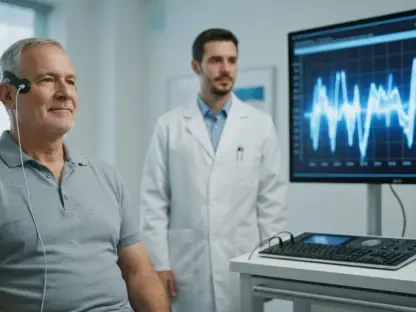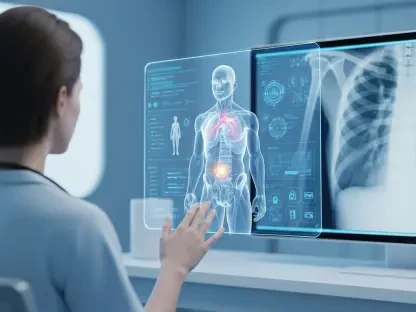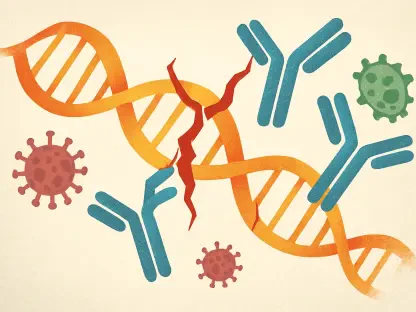A revolutionary technology is capturing the attention of scientists and healthcare professionals worldwide. Developed by the University of Tokyo, this innovative approach offers a non-invasive way to monitor blood clotting in patients, primarily those with coronary artery disease (CAD). With heart disease remaining a leading cause of death globally, the need for effective treatment solutions has never been more urgent. Could the integration of artificial intelligence (AI) and microscopy into cardiology practices be a game-changer?
Navigating the Complexities of Heart Disease
Heart disease diagnosis and treatment have long posed significant challenges to the medical field. The intricate nature of the condition often leads to misdiagnoses and ineffective therapies, impacting patient outcomes and skyrocketing healthcare costs. With millions suffering from CAD, the potential for a transformative technology could be the answer to pressing medical needs. Innovations in cardiology are imperative to improve the accuracy of diagnoses and the efficacy of treatments, ensuring a healthier future for all.
Advances in Medical Tech: The AI and Microscopy Breakthrough
Researchers at the University of Tokyo have pioneered a technology employing a frequency-division multiplexed (FDM) microscope and AI for real-time platelet monitoring. This system operates like an ultra-high-speed imaging device, capturing blood cell movement at unprecedented rates. The AI meticulously analyzes these images, recognizing patterns that traditional methods might miss. Unlike conventional procedures, this new method is non-invasive, utilizing simple blood draws rather than extensive catheterizations. Studies have demonstrated its effectiveness in identifying increased platelet activity, indicative of higher clotting risks, among patients with acute coronary syndrome.
Expert Perspectives on Emerging Technology
Dr. Kazutoshi Hirose, a key figure in the groundbreaking study, asserts that personalized antiplatelet therapy necessitates effective monitoring systems. This advancement facilitates such personalization by offering clearer insights into platelet behavior. Joining Dr. Hirose are co-author Dr. Yuqi Zhou and lead professor Dr. Keisuke Goda, who share enthusiastic views on the future applications of high-speed imaging and AI. Insights from over 200 patients revealed striking differences in platelet aggregates between those experiencing acute versus chronic conditions, highlighting the technology’s potential in offering individualized data crucial for patient care.
Personalization in Medicine: A Path Forward
The newfound ability to monitor platelets in real-time represents a significant leap toward personalized medicine. With patients responding differently to identical treatments, the technology empowers healthcare providers to tailor therapies based on unique needs. Practical steps include integrating AI-driven diagnostics into routine cardiology services and educating medical staff on employing these tools effectively. By embracing innovative methods, healthcare systems can enhance treatment accuracy, mitigate side effects, and ultimately elevate patient care standards.
Looking Ahead: The Future of Heart Disease Treatment
This study’s findings underscored the necessity for personalized diagnostic strategies. AI and microscopy integration in cardiology practices signaled a shift toward targeted therapies. The technology’s promise lay in its ability to monitor platelet dynamics efficiently. Future endeavors could focus on expanding its clinical applications, potentially revolutionizing heart disease management and patient care. Researchers anticipated further development, leveraging AI’s analytical prowess to unlock new insights. The horizon seemed promising as the medical community explored the practical implications of these advanced technologies.









